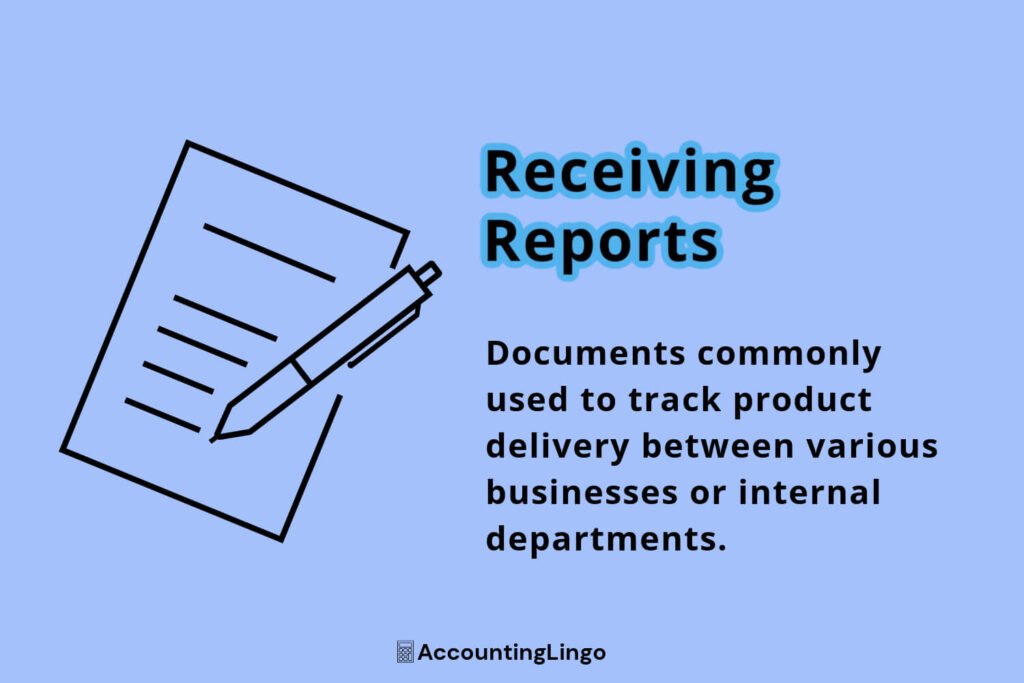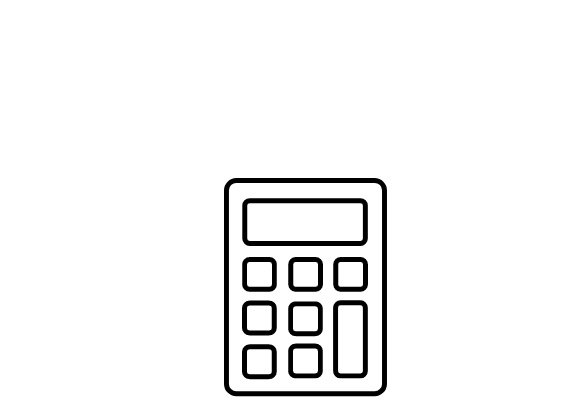
What are Receiving Reports?
Receiving Reports are documents commonly used to track product delivery between various businesses or internal departments.
“A document required to authorize payment for a purchase.” -City University of New York
Understanding Receiving Reports
Shipping companies often use receiving reports to document the transfer of goods from one location to another. Medium to large size businesses often have purchasing, shipping, and receiving departments that share receiving reports among one another to track product movement. Individual companies also use receiving reports when transferring products internally between various business locations.
Receiving Reports additionally aids in keeping track of budgeted costs, ensuring physical inventory data is accurate, and provides an efficient transfer process of company assets. The use of carbon copy paper with a receiving report creates a useful paper trail. Its multiple sheet composition is helpful when product handoff occurs allowing shippers and receivers various copies for internal departments.
Receiving reports also provides documentation as to damaged products in transit or the receipt of incorrect product. Furthermore, a shipper or receiver can notate such discrepancies in the report which helps notify internal departments of the situation. If the receiver signs the report, it indicates that the product was received as is. A receiving report is also a tool that can be utilized during a vouching and auditing process.
What do Receiving Reports Include?
A common list of data includes the following:
- Signature of person receiving product.
- Total cost of all products received.
- Condition of products received.
- Address of receiving company.
- Address of shipping company.
- Address of sending company.
- Report identification number.
- Quantity of product received.
- Name of receiving company.
- Name of shipping company.
- Name of sending company.
- Type of product received.
- Individual product price.
- Date of transaction.
Example
Jim, a certified public accountant, has decided he needs 3 new desks for his office staff. Therefore, he visits a local office supply store and identifies 3 desks for sale that meet his needs. Fortunately, the supply store has the desks in stock. Upon making payment, Jim is informed the desks will be delivered to his office in the next two days.
The local office supply store then reaches out to their preferred shipping company to coordinate Jim’s delivery. A few days later, the shipping company arrives at the local office supply store’s warehouse to pick up Jim’s new desks. Several hours later the shipping company delivers the desks to Jim’s accounting office.
The shipper requires Jim to inspect the desks for any defects and sign for the delivery. Upon signing, Jim receives a copy of the document, which can be identified as a receiving report.
The document identifies:
- The shipping company as the transport agent.
- The local office supply store as the seller.
- Jim’s company as the buyer.
- Individual desk pricing.
- The quantity of desks.
- Date of delivery.
- Total order cost.
Additional Resources
Other terms relating to receiving reports include:
